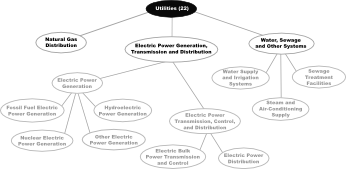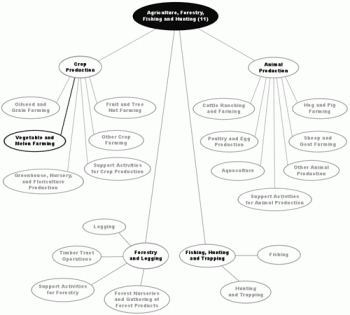How many people does it take to make the not-so-merry-go-round go round? If you’re talking about the United States economy in 2007, which we are, then the answer is 146,047,000 people, or … wait for it … 48.4% of the population.
Did you think it would be more? Either way, it certainly brings new meaning to the next logical question: How does the other half live?
Let’s look at some basic numbers:
As you would expect, kids and the retired account for much of this other half who magically don’t have jobs, though there are about 50 million working-age wizards out there. It’s interesting to know whether they want a job or not, but isn’t the real question, do they need one?
Meanwhile, ‘Civilian Noninstitutionalized Population’ is one of the creepier ways of speaking about people over 15 years old who aren’t in the military, prison, a nursing home, etc. How about Civilian Labor Force Pool or simply People Who Can Work?
While the Institute for the Study of “Making a living” will continue to explore how the noninstitutionalized do and don’t make ends meet, ACM’s take-away is that it didn’t take everyone to create the world’s largest economy in 2007. The next question is, how many of those jobs were mission critical?
Which mission? We will consider a few.














